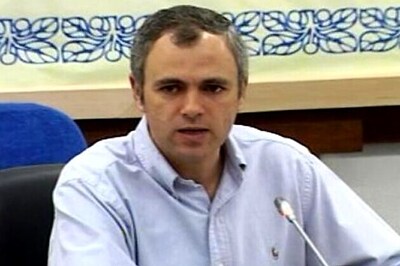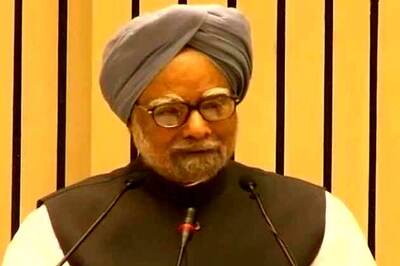
views
Tamil Nadu will see a 6% hike in power tariffs from July 1, according to the Tamil Nadu Electricity Regulatory Commission (TNERC) order last year. The first round of tariff revision, which was around 15%, came into effect in September, 2022.
“In the tariff petition presented to the TNERC, Tangedco had said the consumer price index (CPI) value of May (2022) will be taken as the basis from next year for calculating the tariff for all sections of consumers,” said a senior Tangedco official.
The official further said year-on-year increase in power tariff for all categories of consumers up to 2026-27 has been mentioned in the tariff petition. “We have capped the quantum of hike at 6%. The utility has taken into account a five-year control period, which includes the present financial year,” he added.
The quantum of 6% has been cited in the tripartite agreement signed by the state government, Tangedco, and the Union Government in January 2017 for the implementation of the Ujwal DISCOM Assurance Yojana (UDAY).
“Many states have been following a similar system for the tariff revision or adopting wholesale price index (WPI) as the basis for the calculation of the quantum of revision in the tariff,” said the official.
The petition mentions the gap between annual revenue requirement (ARR) and the projected revenue for the next four years. Figures from 2023-24 to 2026-27 have not factored in the quantum of hike, which will be decided by the TNERC annually.
“The expenditure for Tangedco is expected to increase annually by Rs 1,000 crore more as the discom has to sign an agreement for another round of pay hike for its employees. There are around 80,000 workers in Tangedco and Tantransco and every five years the wage agreement has to be signed,” said the official.
Thus, the revision in 2022 will take care of the pay hike and the discom will need more funds to pay of its debts and also wipe off its losses. “We need further revision as every month to pay off the debtors as per the agreement with the Centre. The 6% burden will not be across all sections of consumers. We will see that the poor and lower middle-class people are not burdened further,” said the official.




















Comments
0 comment